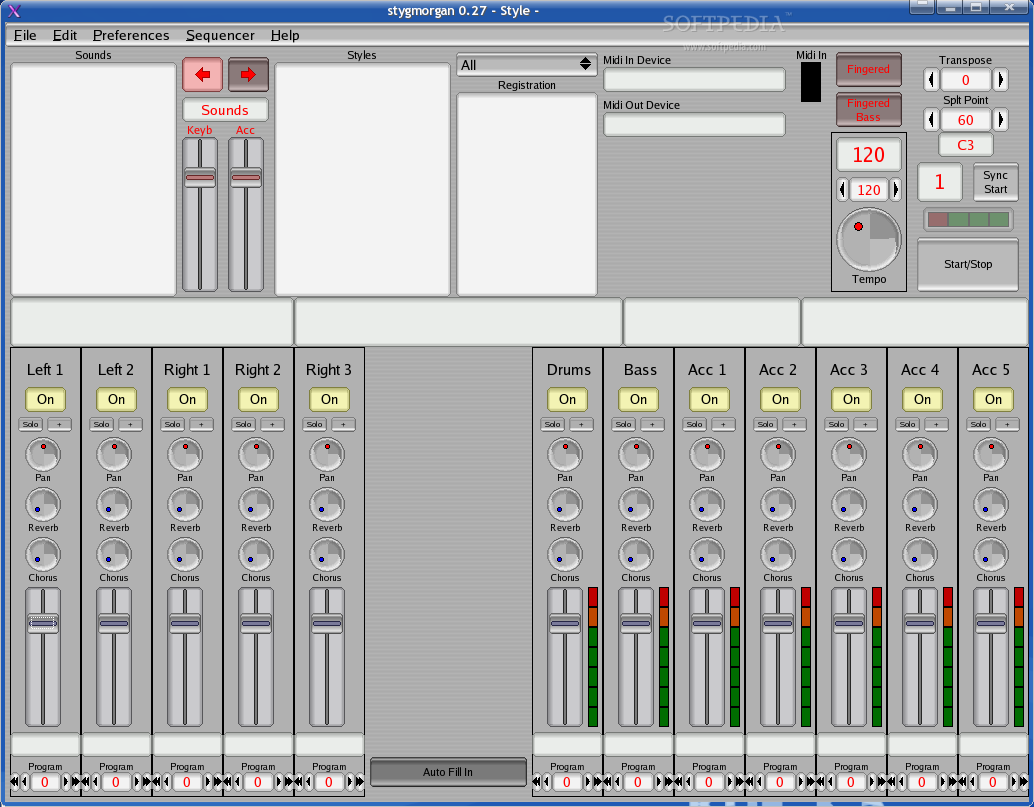
Phylogenetic analysis of hepatitis B viruses'. Hepatitis B viruses' which suggests that 'Fully automated sequenceĪlignment methods outperform *all* traditional methods for Methods outperform traditional methods for phylogenetic analysis of So there are plenty of aligners that the authors could have used toĪdd weight to their assertion that 'Fully automated sequence alignment The Java heap space was exhausted forĬLUSTAL-OMEGA, FAMSA, KALIGN and MAFFT-PARTTREE were also able toĪlign the larger data set containing fragments, however, the alignment
#LINUX SEQUENCHER FILES FULL#
I was not able to run the full genome data set (or the largerįragmentary one), using PASTA (v1.6.3 or v1.8.2), neither on a 8Gb norĪ 256Gb nor a 512Gb machine. TheĪlignment lengths were comparable to the ones quoted by the authors.ĬLUSTAL-OMEGA(v1.2.3) T=101min RAM=1Gb L=3846

I had to run MUSCLE on a machine with more memory. PC (8 cores, 8Gb RAM), and most of them in under 2 hours, using less Review is able to align the full genome set, most of them on a modest
#LINUX SEQUENCHER FILES SOFTWARE#
Each of the alignment software that I had suggested in my original However, their answers to point are highly Have responded satisfactorily to almost all the referees'Ĭriticisms. Traditional methods for phylogenetic analysis of hepatitis B viruses' The authors of 'Fully automated sequence alignment methods outperform Actually MAFFT has an option designed for adding fragmentary sequences to a backbone, as stated in the last sentence in Introduction. It seems to be a bit misleading to refer to MAFFT in the second sentence in Introduction: 'Traditionally, MSA methods for phylogenetic reconstruction are performed using alignment programs such as MUSCLE or MAFFT followed by manual, “by eye” corrections'. This might be informative since automated methods require less labour.Ģ.

A possible conclusion would be that automated methods resulted in an apparently reasonable estimation for this specific data. It seems to be difficult to discuss which method is better based on these observations. * The results are not fully consistent with an external reference (genotypes classification in this case). * The results by methods A and B are not essentially different. * Estimation by method A is significantly more similar to the reference than estimation by method B. * There is a reference that can be regarded to be correct based on a solid basis and If a title says that method A outperforms method B, then readers expect: I suggest revising the title to reflect the observations more simply.


 0 kommentar(er)
0 kommentar(er)
